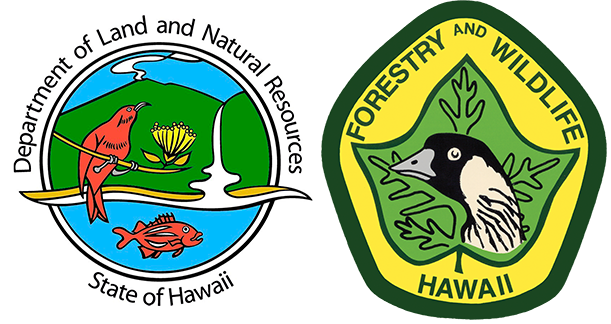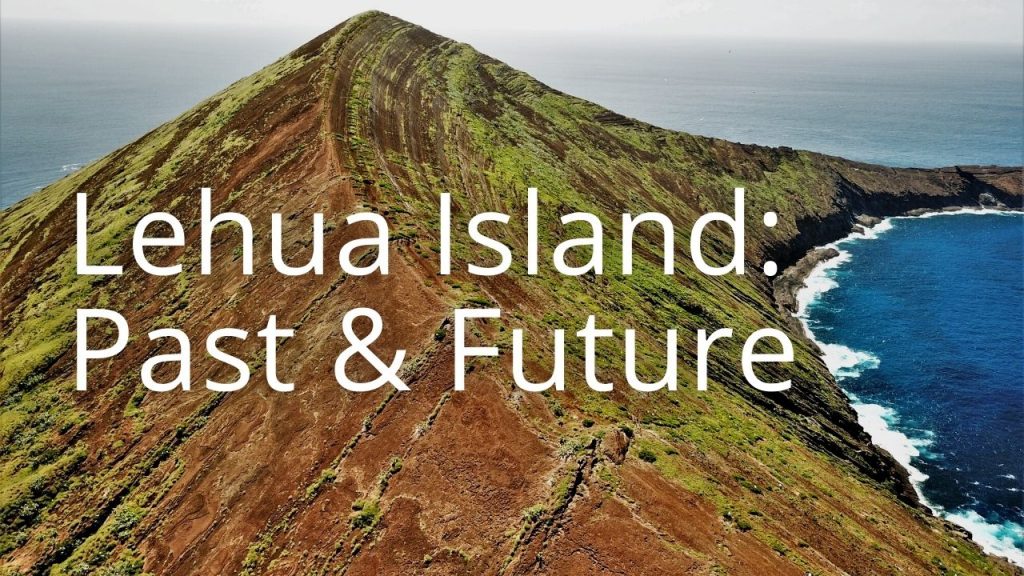Learn about Kauaʻi
In addition to our statewide Education pages, our Kauaʻi branch provides information below about plants, animals, and other natural resources on Kauaʻi. To learn more, visit our species profiles, take a deep dive into conservation topics, watch our educational videos, or take a virtual field trip. Educators can use our website to request classroom presentations and field trips, download crafts, find lesson plans, and more.
Jump to:
| Kauaʻi’s native animals | Kauaʻi’s native plants | Kauaʻi videos & StoryMaps |
Kauaʻi’s Native Animals
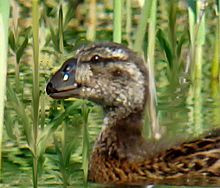
The Turtle-jawed moa-nalo (Chelychelynechen quassus), are one of a group of extinct, flightless, large goose-like ducks, which evolved in the Hawaiian Islands.
Prior to human arrival to the Hawaiian Islands, there were no land mammals that were native here. With no predators to worry about, bird life was abundant. There were millions of seabirds that nested here, a wide array of forest birds, and even multiple unique species of flightless ducks, such as the Moa-Nalo on Kauaʻi, which was 3-4 feet tall!
Other native animals that thrived in the Hawaiian Islands include huge and diverse populations of land snails. There were >750 identified species of snails across the Hawaiian Islands, many found nowhere else in the world. Our Snail Extinction Prevention Program was established to protect remaining snail populations.
Many people are surprised to find out that there are no native reptiles or amphibian species in Hawaii, other than marine reptiles such as sea turtles. And many of the commonly seen birds in Hawaii are introduced, some of which compete and/or predate on native birds, snails, and insects.
See below for some of the rare and beautiful native birds that are still found on Kauai, and some of the introduced species that threaten their existence. DOFAW Kauaʻi is managing high-priority habitats to preserve and protect native animals.
Forest Birds
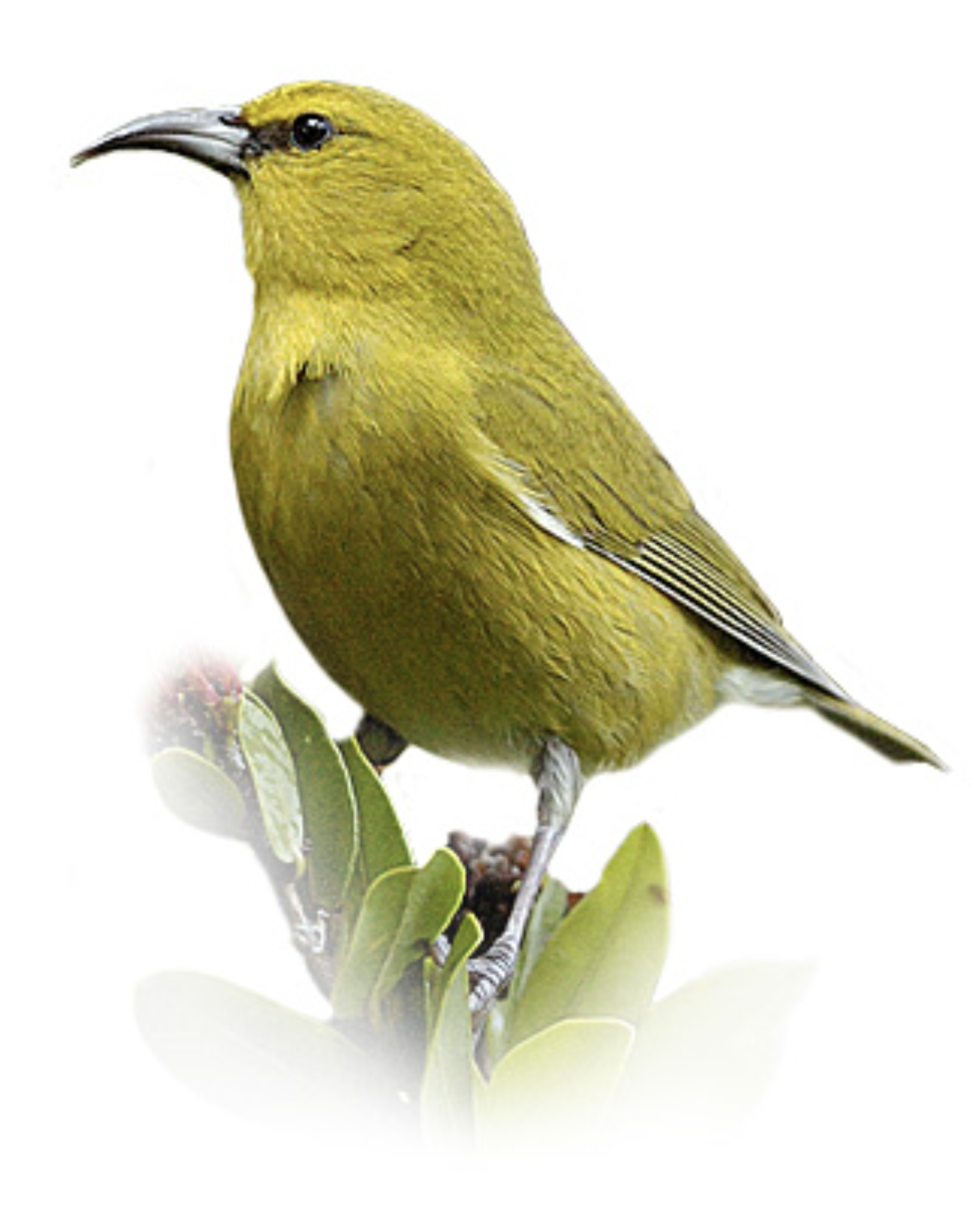
The beautiful Kauaʻi ‘Amakihi (Hemignathus kauaiensis)
Kauaʻi was once home to a wide array of endemic birds – meaning they are found nowhere else in the world. Sadly, since the arrival of humans many of the island’s birds have suffered due to a number of reasons.
Loss of habitat has affected all of Hawaii’s endemic species, but few groups are under such pressure as forest birds. Kauai’s forest birds rely on healthy native trees throughout their lives. Native forests across the Hawaiian islands have declined significantly and with them, so have their birds.
Loss of habitat in conjunction with the introduction of invasive plants, animals, a changing climate and disease has led to several extinctions. Still, some incredible species, like the Kauaʻi ʻAmakihi (Hemignathus kauaiensis) remain.
Learn more about Kauai’s amazing forest birds at The Kauaʻi Endangered Forest Bird Recovery Project
Seabirds
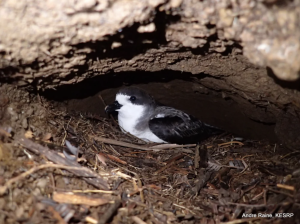
An endemic Hawaiian Petrel (Pterodroma sandwichensis) in its burrow.
Kauaʻi is also an incredibly important habitat for extremely rare seabirds that need a protected place to rest. These birds are highly threatened by introduced predators such as rats, cats, barn owls, and mice, and avian diseases.
There are three endangered seabirds found on the island of Kauaʻi – Newell’s Shearwater (Puffinus newelli), Hawaiian Petrel (Pterodroma sandwichensis), and Band-rumped Storm-Petrel (Oceanodroma castro).
What do you do if you find a downed seabird? Click here for information!
Learn more about Kauai’s seabirds at The Kauaʻi Endangered Seabird Recovery Project
Waterbirds and shorebirds
Along Kauai’s breathtaking coast lines and fresh water ponds, you’ll be able to see a variety of water, shore and wading birds.
Kauaʻi is home to five endangered bird species; Aeʻo (Hawaiian Black-Necked Stilt), ʻAlae Keʻoke (Hawaiian Coot), Koloa Maoli (Hawaiian Duck) and ʻAlaeʻUla ( Hawaiian Moorhen), Nēne Goose (Branta sandvicensis)
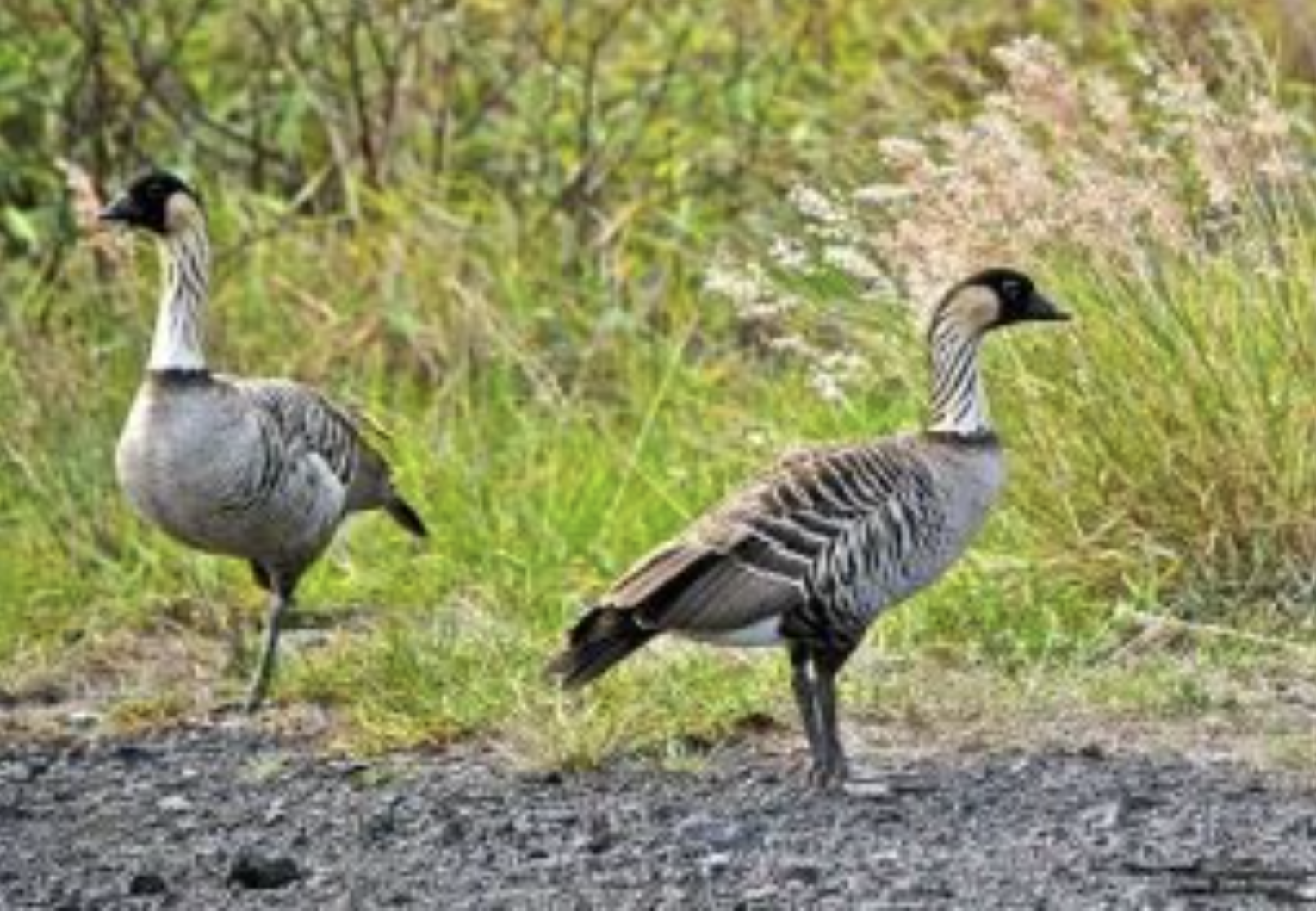
Once an Endangered species but now downgraded as a threatened species, Hawaii’s state bird, the Nēne (Branta sandvicensis) are considered to be the rarest goose in the world.
Interested in bird watching? Click link below: Where to Watch Waterbirds in Kaua’i
Predators of Native Birds
Kauaʻi is unique among all the Hawaiian Islands in that the mongoose, which preys on eggs and small birds. It is not established and thus many birds have survived on Kauaʻi while going extinct on other Hawaiian Islands.
Although we are a free of this predator the following are still an issue within our lands. Feral Cats (Felis cattus), Barn Owls (Tyto alba), Feral Pigs (Sus scrofa) and black, Polynesian and Norwegian Rats.
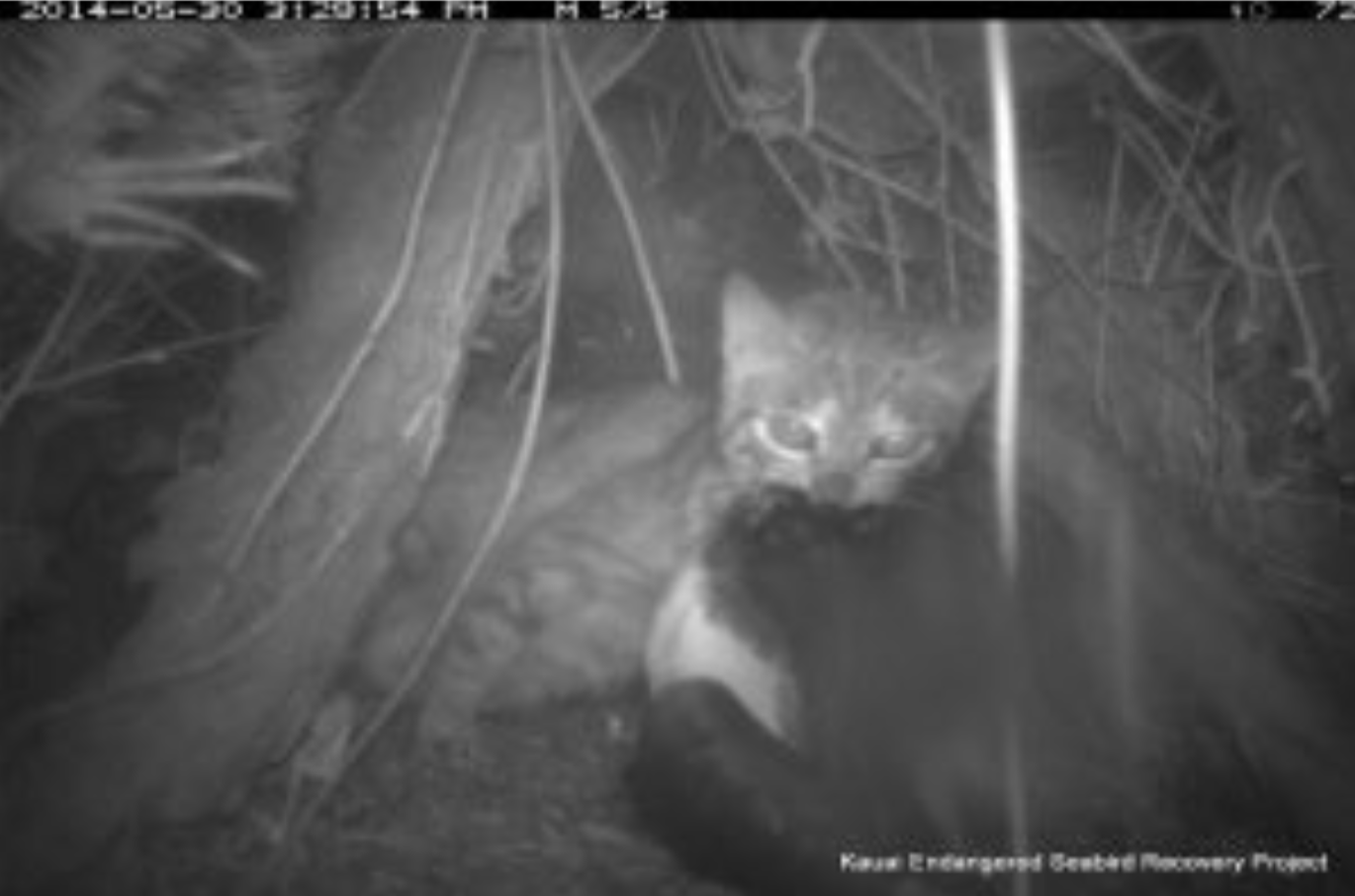
Feral Cat with dead Hawaiian Petrel in mouth
For additional information about predators on Kauaʻi please review and download Predators Of Kauaʻi
Kauaʻi’s Native Plants
Kaua‘i is the oldest of the main Hawaiian islands, and during those millennia many native plants have evolved into new species. Some of the highest concentrations of rare plant species are found on Kaua‘i, and many of them are so rare that only a few individuals remain in the wild. Click link to learn more about our DLNR Rare Plant Program.
See below for a few examples of the rare plants found in Kaua‘i, the threats these plants face, and to find out how you can do your part to protect them.
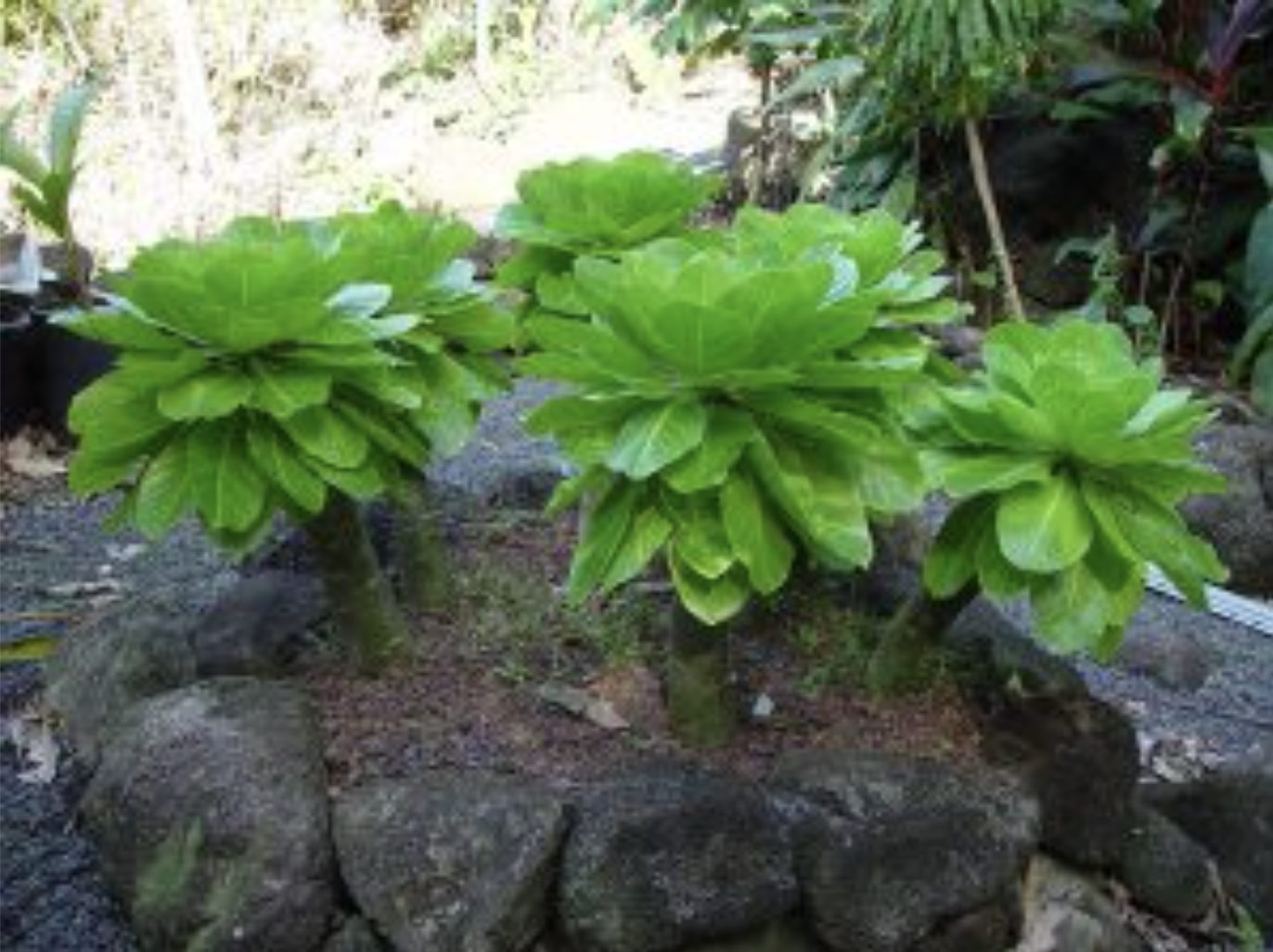
The eye-catching ʻŌlulu or Alula (Bringhamia insignis) are a succulent like plant endemic to Kaua’i. Photo credit (above and right): National Tropical Botanical Gardens
Bringhamia insignis are one of the most endangered plants on Kaua‘i. It is believed that the native pollinator of this plant is either extremely endangered or extinct, which has led to a decrease in populations of these plants. Competition from exotic vegetation and predation and disturbance by ungulates have also contributed to the decline of this species.
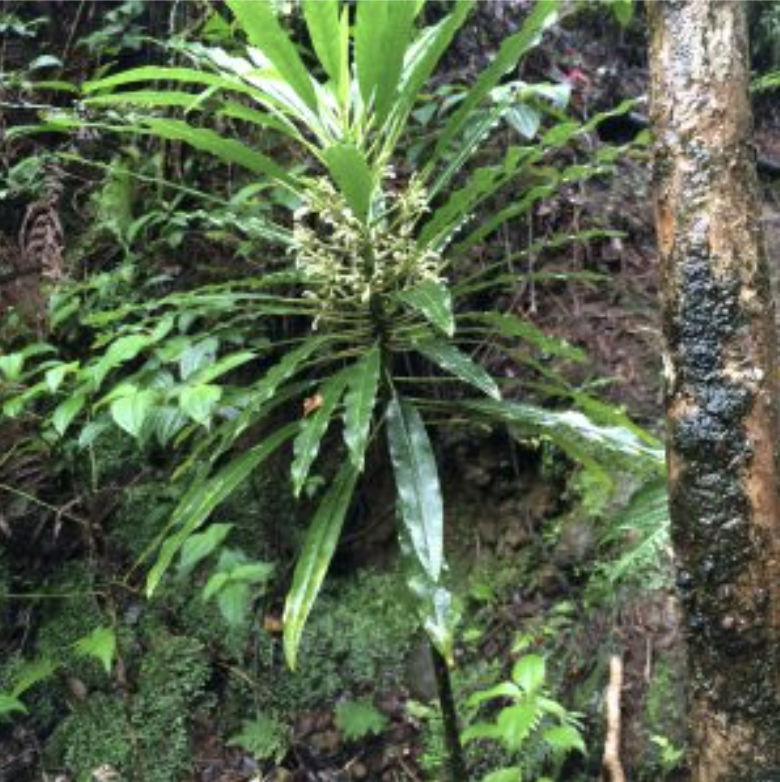
The Cyanea habenata, Seana Walsh
The Hāhā (Cyanea habenata) also known as the “Stream-bed Cyanea” is endemic to Kaua’i. The plant genera Cyanae is one of the most species-rich in Hawai’i, but many of the species are endangered. Habitat destruction, loss of pollinators, and invasive plants and animals have also contributed to the decline of this species.
To help protect these plants, learn about the Rare Plant Code of Conduct from our Rare Plant Program.
Kauaʻi Videos and StoryMaps
Join DOFAW on a virtual field trip along the Wailua River.
Great Big Story follows botanist Steve Perlman in his adventures to save Kauaʻi’s rarest plants.
